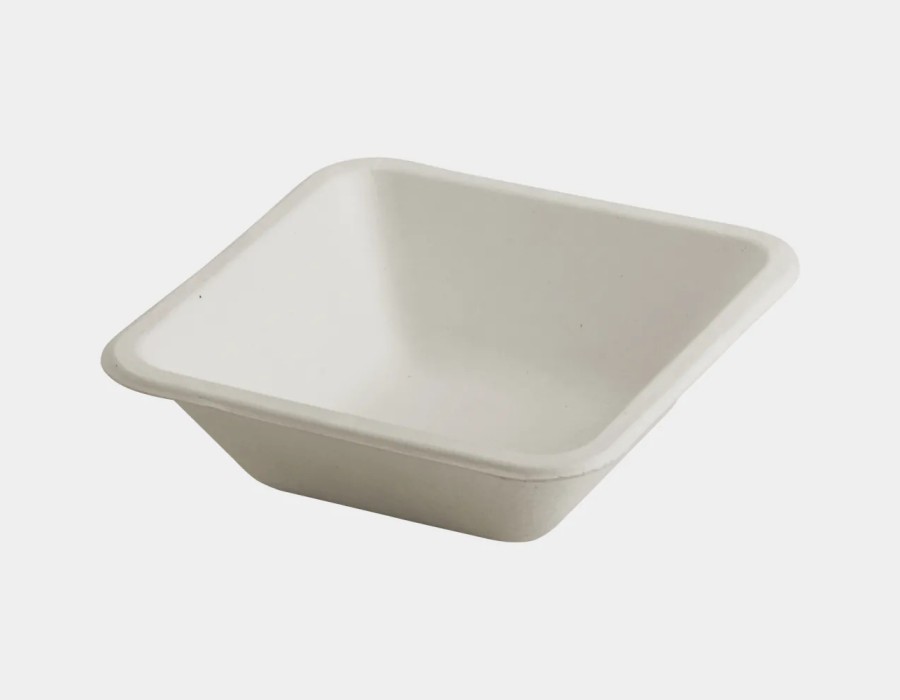In recent years, the global shift towards sustainability has led to a growing demand for eco-friendly alternatives across all sectors. One significant area where this change is being embraced is in food packaging and tableware. Biodegradable tableware has become an attractive solution for individuals and businesses looking to minimize their environmental impact. From cafes and restaurants to homes and outdoor events, biodegradable tableware offers an easy way to reduce waste and promote environmental health. In this blog, we will explore the various environmental benefits of using biodegradable tableware.
Reducing Plastic Waste
One of the primary benefits of biodegradable tableware is its ability to reduce plastic waste. Traditional plastic tableware, such as plates, cups, and cutlery, often ends up in landfills or oceans where it takes hundreds of years to decompose. This leads to severe environmental problems, including pollution, harm to wildlife, and the release of toxic chemicals. In contrast, biodegradable tableware, made from natural materials like sugarcane, bamboo, or cornstarch, breaks down quickly, significantly reducing the amount of plastic waste that accumulates.
Compostability and Soil Enrichment
Most biodegradable tableware is also compostable, meaning it can be turned into nutrient-rich compost instead of sitting in landfills. When disposed of correctly in composting facilities, these products decompose naturally, enriching the soil and providing valuable nutrients that can be used in agriculture. Unlike plastics, which release harmful substances, biodegradable tableware contributes to soil health without negative environmental impacts.
Lower Carbon Footprint
The production of biodegradable tableware generally has a lower carbon footprint compared to conventional plastic products. Manufacturing plastics involves the use of fossil fuels and emits large amounts of carbon dioxide, contributing to global warming. On the other hand, biodegradable tableware is typically made from renewable resources, such as plant-based materials, which require less energy and fewer resources to produce. This leads to a reduction in greenhouse gas emissions and supports the transition towards a low-carbon economy.
Less Harm to Marine Life
Plastic waste is a major threat to marine ecosystems, with millions of tons of plastic entering the ocean each year. Marine animals often mistake plastic debris for food, which can lead to injury, ingestion, or death. Since biodegradable tableware breaks down much faster than plastic, the risk of it ending up in the ocean and harming marine life is significantly reduced. By opting for biodegradable products, consumers can play an active role in protecting ocean wildlife and preserving marine biodiversity.
Encouraging Sustainable Practices
Using biodegradable tableware promotes a broader culture of sustainability. As more businesses and individuals choose eco-friendly products, it creates a ripple effect that encourages others to adopt greener practices. Restaurants, cafes, and event organizers that use biodegradable tableware set an example for their customers, inspiring them to make environmentally conscious decisions in their daily lives. Additionally, supporting biodegradable alternatives drives innovation and investment in sustainable technologies, leading to further advancements in eco-friendly solutions.
Conclusion
Switching to biodegradable tableware offers a multitude of environmental benefits, from reducing plastic waste and supporting soil health to lowering carbon emissions and protecting marine life. For businesses, consumers, and organizations looking to minimize their environmental impact, biodegradable tableware provides a practical and sustainable solution. By making this simple switch, we can collectively contribute to a healthier planet and a more sustainable future.





Comments